We recently introduced you to the Apollo GT, which led to the Intermeccanica Italia, and now for the sake of completeness we’re going to spill the beans on the final piece of the jigsaw puzzle: the Intermeccanica Indra.
A quick refresh. Frank Reisner founded Intermeccanica in Turin in 1959, to make tuning parts for Simcas, Peugeots and Renaults. A chance conversation in 1961 led to the development of the Apollo GT, and when that car failed Reisner put his own GT into production, the Intermeccanica Italia.

The Italia was made between 1966 and 1972, but by the time the last example was built, Reisner had already introduced another grand tourer, the Indra. This rakish coupé came about because GM executive Bob Lutz decided to give the slow-selling Opel Diplomat luxury saloon a shot in the arm, by using it as the basis for a sleek concept car called the CD (Coupé Diplomat).
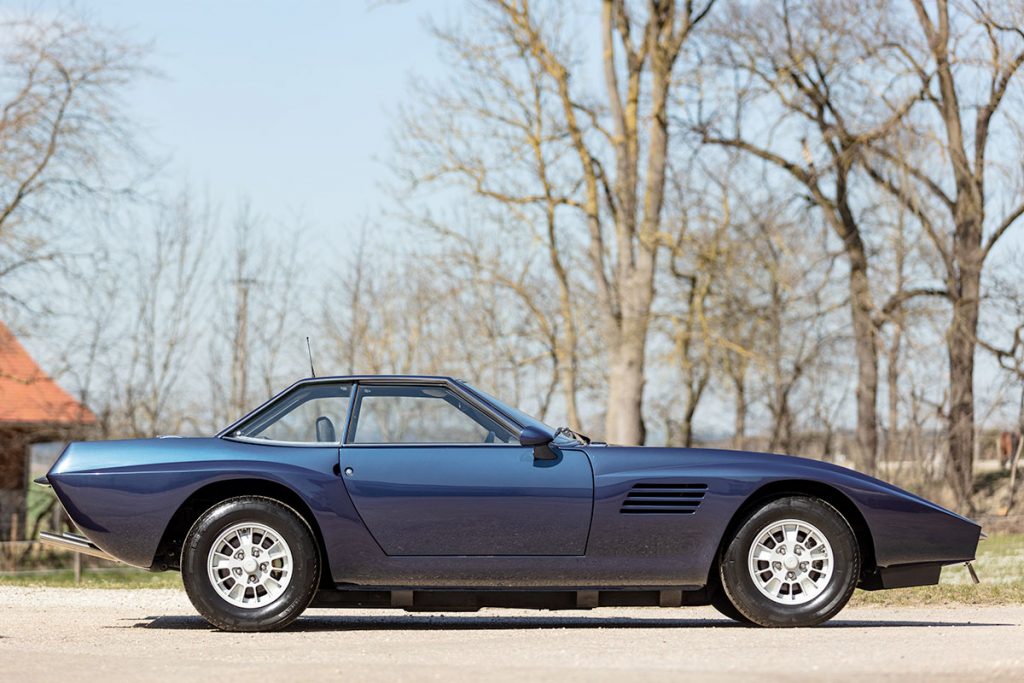
The CD featured a 327ci (5.4-litre) Corvette V8, and when it was unveiled at the September 1969 Frankfurt motor show, it caused a sensation. Lutz knew that a production version of the CD would improve Opel’s image, but it would never sell in big enough numbers for GM to build it cost effectively. Lutz wasn’t one to be beaten easily though; he knew that the way to get the CD into showrooms was to sub-contract its construction to a smaller company.
Just a month after the Frankfurt motor show took place, the Turin Salon opened its doors. Lutz was there, and having taken a close look at the work of Intermeccanica, he made a beeline for Frank Reisner, to commission him to put the new coupé into production. Lutz wanted Intermeccanica to rebody 100 Diplomats each year, but Reisner persuaded him that a bespoke body and chassis was the way to go, albeit with Diplomat running gear.
Franco Scaglione was commissioned to design the new GT, which made its debut at the spring 1971 Geneva Salon, where buyers clamoured to place their orders. A few were for the 190bhp 2.8 V6 edition, but most buyers opted for a 250bhp Corvette V8; within months the V6 option had been axed.
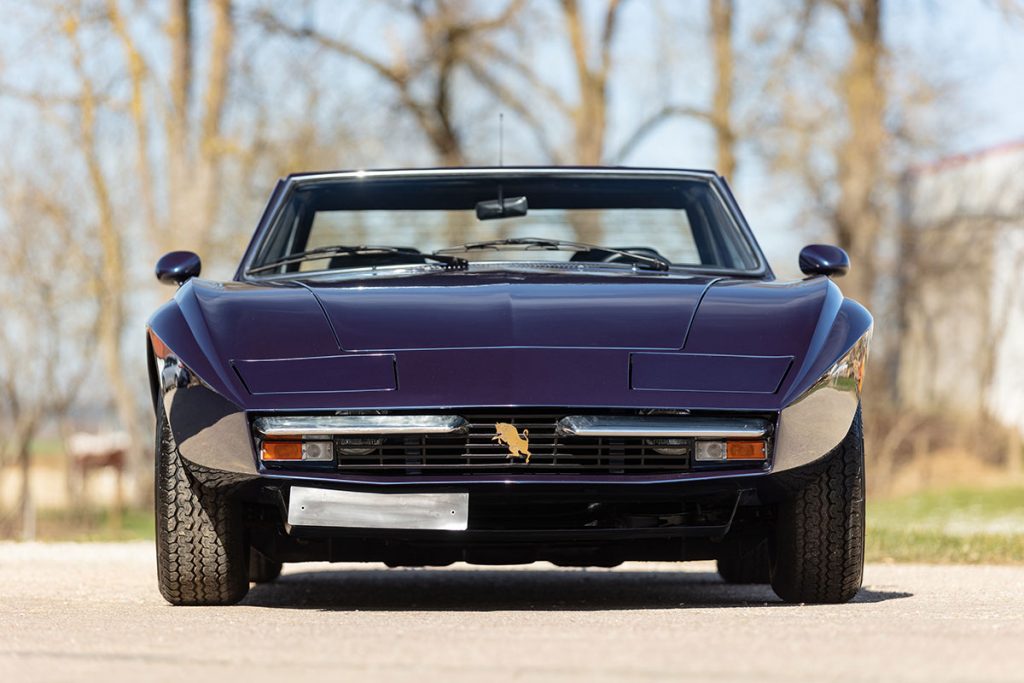
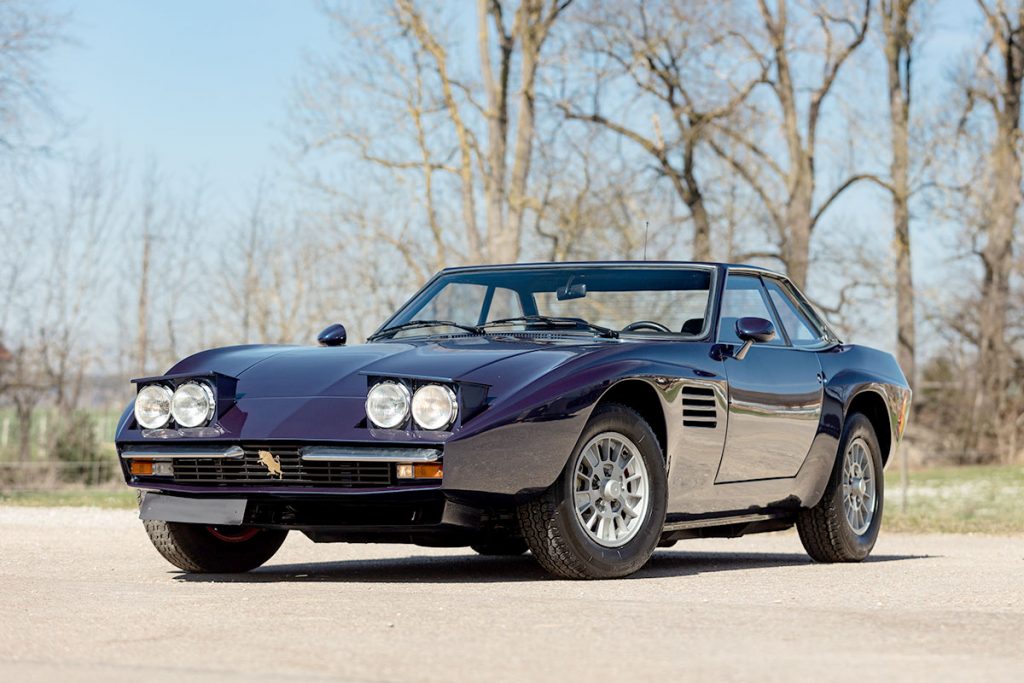
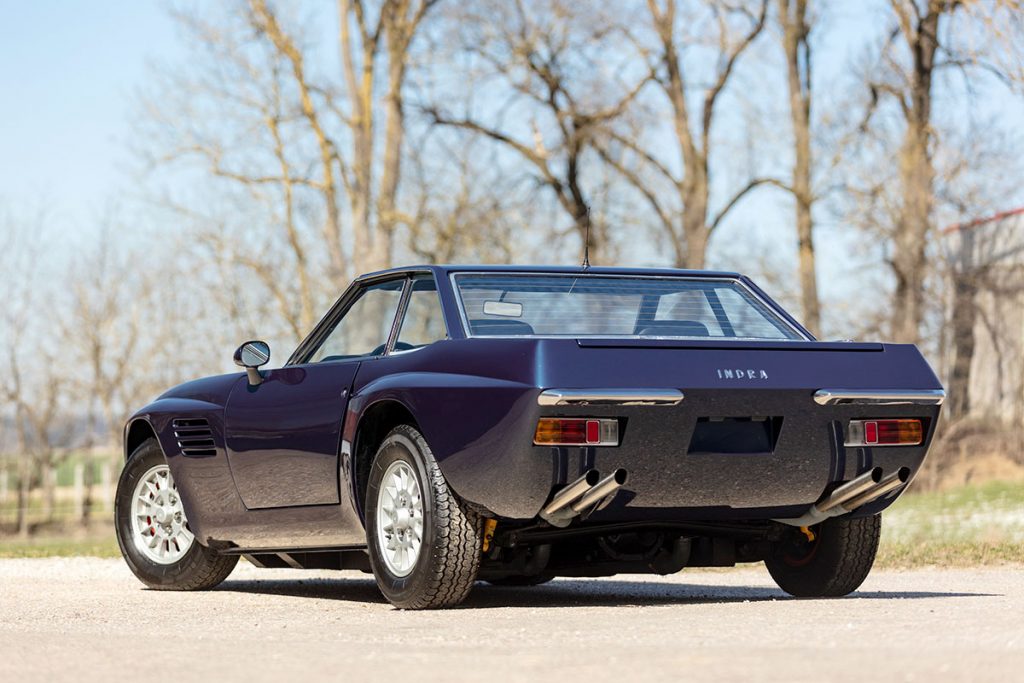
The Indra was created exclusively for the German market, for sale through Opel dealers. Initially there was only a two-door saloon (officially sold as a coupé), but within months a convertible was introduced, and soon after a 2+2 coupé arrived, with a hatchback silhouette. Everything was looking rosy, but then Bob Lutz left GM for BMW, and the executives at GM didn’t much care for Reisner or the Indra; they wanted to control the production of all cars sold through their dealers.
It was clear that with Lutz gone, life was about to get much harder for Reisner, so he decided to take a stand at the 1973 New York Auto Show, hoping to sell the Indra in the US. He took around 300 orders at the show, but GM executives spotted the car on display, and they reckoned that the Indra offered stiff competition for the Corvette. Consequently they refused to let Reisner buy any more engines from GM, while Opel dealers in Germany were also banned from selling Indras.
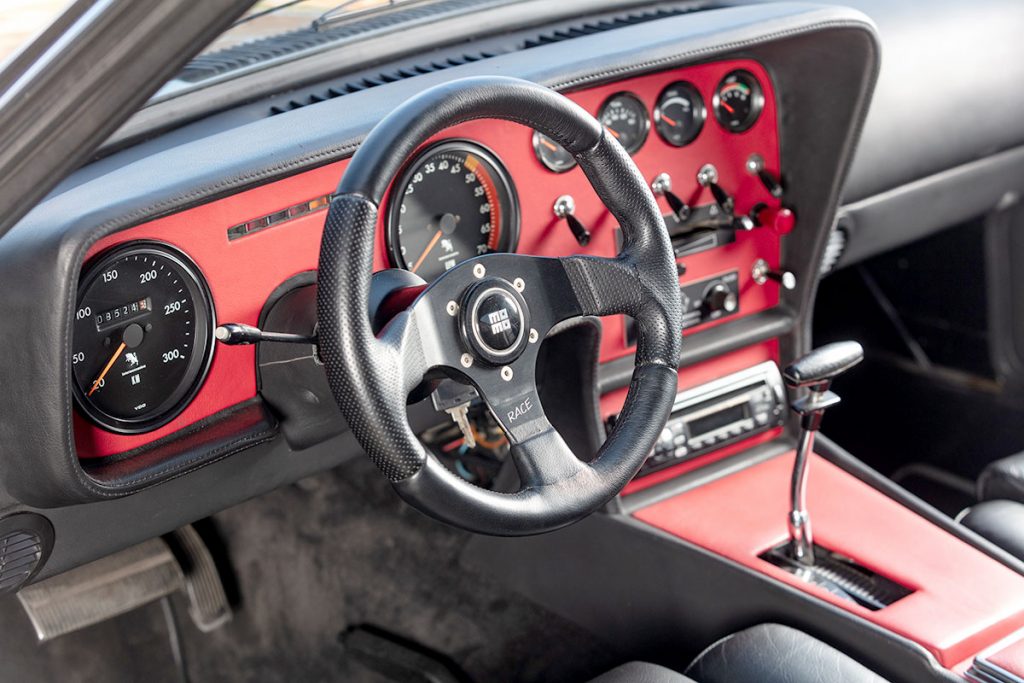
With his engine supply cut off, and no route to market in Germany, Reisner would have had to re-engineer the Indra to keep production going. Reisner built one final Indra with a Ford 428 Cobra Jet V8, but by this point the Oil Crisis was starting to bite, and luxury GTs like the Indra had become unsaleable. After 127 Indras had been built, the Reisner family relocated to California and Intermeccanica closed the doors of its Italian factory for good.
Read more
Cars That Time Forgot: Apollo GT
Cars That Time Forgot: Intermeccanica Italia
Don’t drag me down: 10 cars that mastered aerodynamics












The 2.8 liter six was an inline unit, not a V6. Buick had a 3.8 liter V6 during this era, but not Opel.
Quite right, Robert. The author attributes the error to a book on the Intermeccanicas. Thanks for the spot.
My husband owns a 1969 Intermeccanica Omega. #16 20,000 miles. He has owned it 45 yrs.
When the Reisner family moved to the L.A. area my brother and I met Frank . I test drove a yellow 2+2 with a chevrolet engine and four speed transmission. We had several meeting about partnering to produce the car in California. When Frank presented a formal business it required much more money than we had available. Soon after the Reisners moved to Canada.